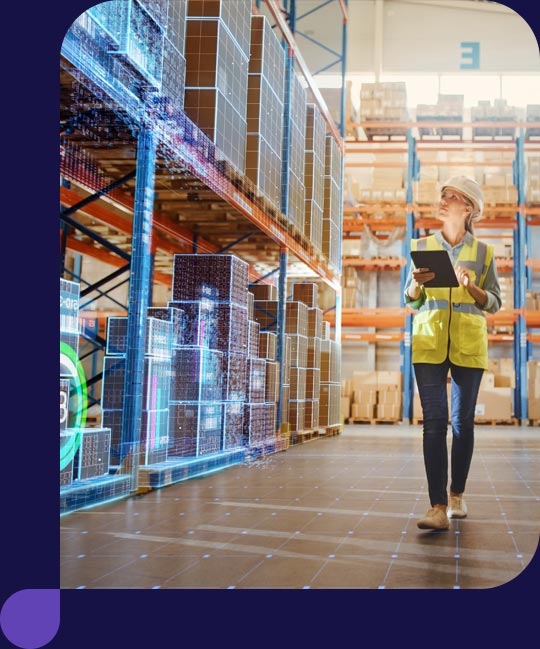
Obsess over customers, not logistics with Click2Door™
Our Clients
Our solutions have helped our customers businesses grow by providing the flexibility and scale needed to expand their networks, all while reducing the overall cost of orders. By delivering a superior quality of service, we ensure that customers have an exceptional experience.














The challenges brands face
- Long-zone shipping
- Slow delivery times
- A high number of split shipments
- Risks with single distribution centers
- Manual inventory planning and allocations
- Limited resources
Results with Click2Door
- 15-20% lower cost per order
- 1-2 day improved delivery speed for same cost
- Reduced split shipments
- Easy scaling with resilient network
- Intelligent inventory placement and routing
- Expert service and experience
Our Solutions

Click2Door™
Stop playing the blame game with multiple providers and poor handoff between fulfillment and delivery. Click2Door™ empowers you with a single SLA that tracks your entire journey, from order placement to doorstep delivery. Gain deep data insights, predictable per order pricing, and expert support from leaders in the retail industry – all designed to give you complete control and peace of mind.
Fulfillment
Facilities where your customers live
With fulfillment centers located in key markets across the country, we help you position products closer to your customer and utilize inventory intelligence tools to make sure the right items are in the right locations to meet demand.
Our fulfillment solutions provide all of the services you need – from receiving and storage to pick, pack & ship operations – along with add-ons for returns, wholesale and more.


Delivery
A fully reliable network of shipping partners
With a delivery network of 30+ local, regional and national carrier partners, we provide the resiliency & reliability you need and the speed & service your customers expect- without the extra costs.
Inventory Intelligence
Powered by advanced logistics and data science
With Click2Door’s advanced inventory management solutions, you never have to worry about stock-outs or overstocking. We leverage cutting-edge data science and a nationwide network to ensure you have the right products in the right place at the right time, maximizing profitability and customer satisfaction.

CASE STUDY
Faced with space constraints and escalating DTC demands, AEO partnered with us to revolutionize their logistics efficiency across key locations.
$1
decrease
in transportation costs per package
Improved inventory regionalization from 23% to
63%
